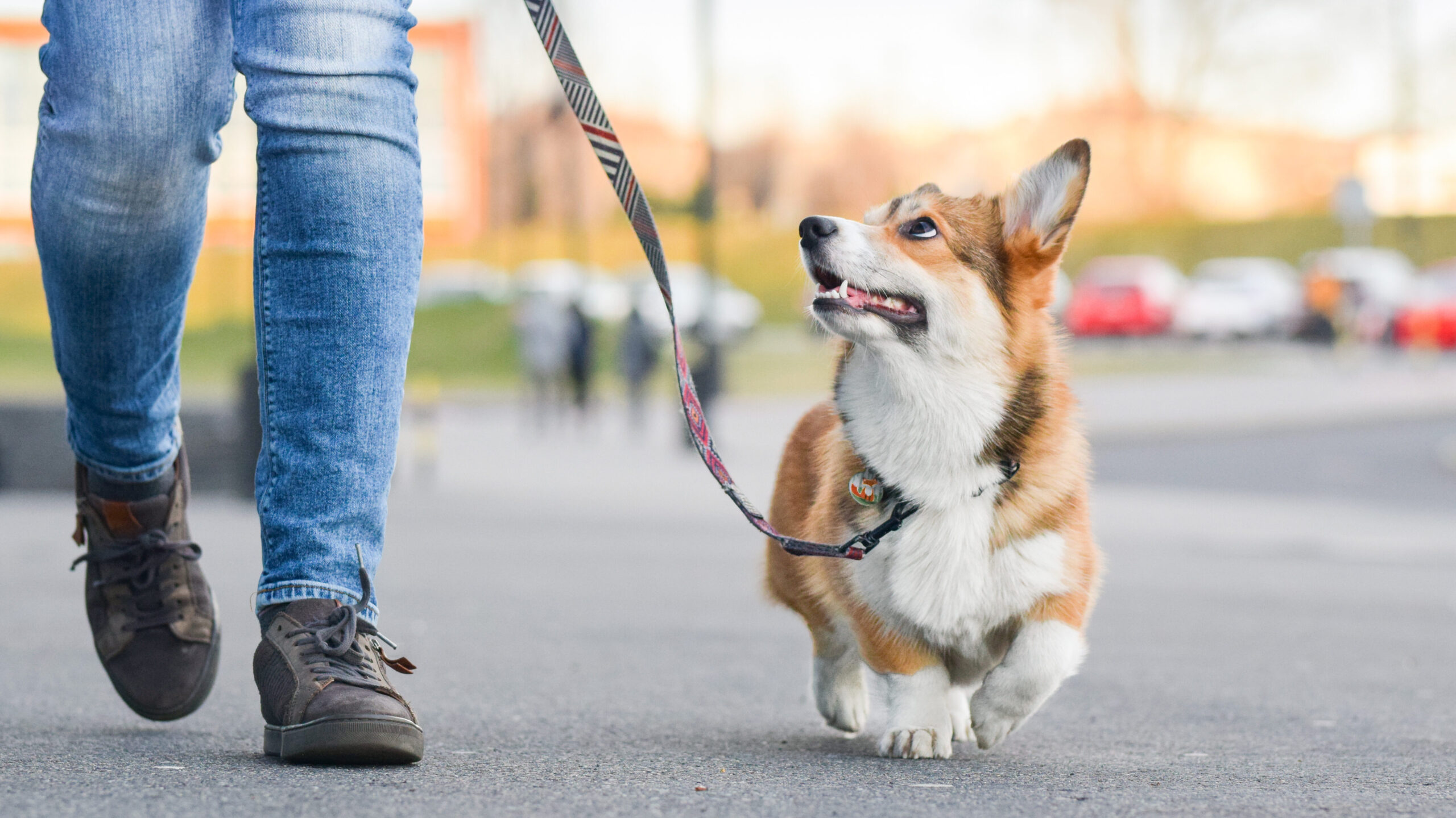Becoming a dog owner is an exciting and rewarding experience, but it also comes with its challenges. One common issue many new dog owners face is leash aggression or leash reactivity. This behavior can be frustrating and stressful, but with patience, consistency, and the right approach, you can overcome it. In this guide, we’ll explore how to avoid leash aggression and effectively train your dog while on a leash.
Understanding Leash Training & Aggression
Leash aggression, also known as leash reactivity, occurs when a dog becomes agitated, anxious, or aggressive while on a leash. This behavior can manifest in various ways, including barking, lunging, growling, or even snapping at other dogs, people, or distractions. Understanding the underlying causes of leash aggression is crucial to address the issue effectively:
- Fear and Anxiety: Many dogs feel more vulnerable when restrained by a leash or during leash training, leading to increased fear and anxiety in certain situations.
- Lack of Socialization: Insufficient exposure to other dogs and people during the critical socialization period as puppies can contribute to leash aggression.
- Previous Trauma or Negative Experiences: Dogs who have had negative encounters while on a leash may develop aggressive tendencies as a defensive mechanism.

Now that you understand the potential reasons behind leash aggression, let’s explore how to prevent it and train your dog effectively on a leash.
- Choose the Right Equipment: Invest in a well-fitted, comfortable harness or collar that doesn’t put excessive pressure on your dog’s neck. Avoid retractable leashes, as they can contribute to leash aggression by giving your dog too much freedom.
- Start Early: If you have a puppy, begin leash training as early as possible. Positive experiences on a leash from a young age can prevent leash aggression in the future.
- Socialization is Key: Expose your dog to various people, dogs, and environments while on a leash. Gradually increase the level of distractions to help your dog become comfortable and confident.
- Positive Reinforcement: Reward good behavior with treats, praise, and affection. When your dog remains calm and well-behaved on a leash, reinforce this behavior with positive reinforcement.
- Desensitization and Counterconditioning: If your dog already exhibits leash aggression, consult a professional dog trainer. They can create a plan that includes desensitization (gradual exposure to triggers) and counterconditioning (changing your dog’s emotional response).
- Consistency and Patience: Consistency is crucial in training. Stick to your training plan and be patient with your dog. Progress may be slow, but it’s worth the effort.
- Avoid Punishment: Never punish your dog for leash aggression. Punishment can exacerbate the problem and erode trust between you and your pet.
- Seek Professional Help: If your dog’s leash aggression is severe or doesn’t improve with your efforts, don’t hesitate to seek help from a certified dog trainer or behaviorist.
As a new dog owner, tackling leash aggression and leash training can be a challenging but rewarding experience. Remember that every dog is unique, and progress may vary. The key is to be patient, consistent, and committed to your dog’s well-being. By using positive reinforcement, proper equipment, and early socialization, you can help your dog become a well-behaved, leash-friendly companion. If necessary, seek the guidance of a professional trainer to ensure both you and your furry friend enjoy peaceful walks together. With time and effort, you’ll build a strong bond with your dog and enjoy many happy walks together.
Read our blog about how you can stop your dog from jumping on strangers!






